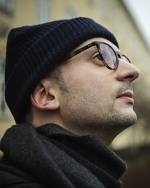While the prospect of moving to Norway to embark on a PhD, post-doc or take up a research position may sound daunting, an enriching international experience lies ahead for new employees at OsloMet. As the university continues to expand its hiring from abroad, new staff members join a diverse community of international and Norwegian academics, where work-life balance and good working conditions are highly valued. And they do it all in Oslo, a bustling global city that serves as a major hub for shipping, startups, and public administration.
The university supports a global outlook in research and teaching, and this is perhaps best demonstrated by the philosophical and financial commitment to Open Access publishing. Scholars working in the sciences find this especially appealing as they work to further develop their professional standing in both the public and private sectors.








